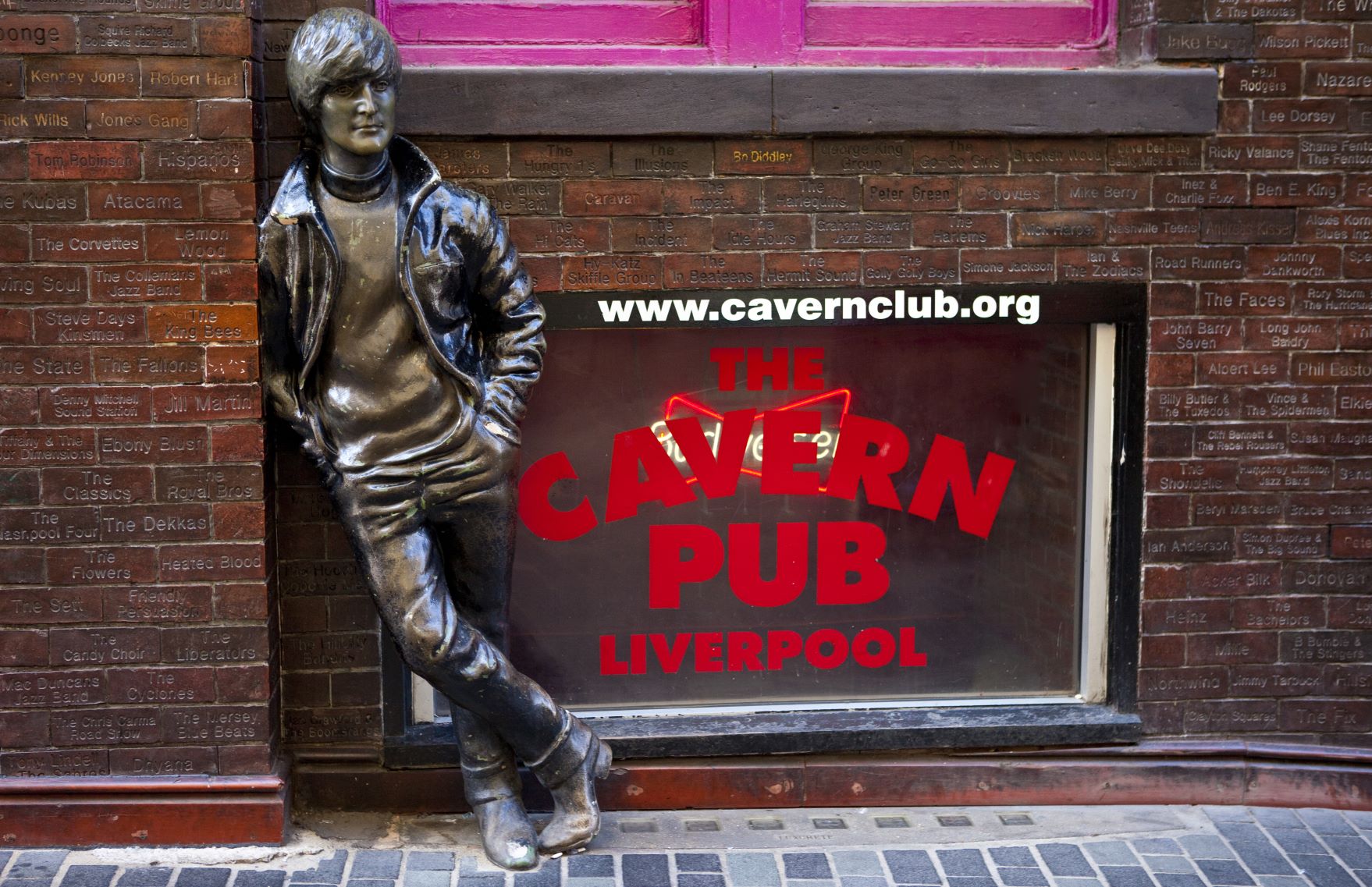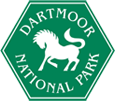Question 2: Why do people build monuments?
Ask the students what they think the word monument might mean?
In order to encourage discussion show the students the image below (Resource 4) and explain that this is a monument. Does anyone recognise the person in the statue?

This is a statue of John Lennon outside the famous Cavern Club in Liverpool where The Beatles first played together as a group in the early 1960s. The statue was created and erected after John Lennon died in 1980. Do the students have any further thoughts as to what a monument might be?
Next show the students the five very famous and well known monuments in Resource 5 (PDF). Do they recognise any of them?
- Statue of Liberty in the United States. A gift from the people of France to the people of the United States in 1886 as a symbol of freedom and democracy.
- The statue of Christ the Redeemer (1931) overlooking Rio de Janeiro in Brazil and a symbol of Christianity across the world.
- The Eiffel Tower in France built in 1889 to commemorate the opening of the World’s fair in Paris.
- The Taj Mahal in Agra, Uttar Pradesh, India and built between 1632 and 1653 by the Moghul emperor Shah Jahan in memory of his wife.
All of these are monuments. Are there any monuments in the local area to add to this list such as statues or war memorials?
So what are monuments then – something that has been constructed like a statue or building, as a symbol to commemorate (celebrate, remember or show respect) for an event, notable person or spiritual belief?
How many are there in your local area? Researching this could form part of a local investigation of notable people and events associated with significant periods of history.
Optional activity
Students could be given the task of answering the question: Why is there a monument to (could be a person, event, animal, a religious faith etc.) at ………….?
Here the ‘local area’ needs to be defined over a sufficiently large enough area for students to locate statues, buildings, memorials that they can investigate. This question also provides an opportunity for an extended piece of homework research into a monument of global significance such as any of those in Resource 5 with the objective of ensuring that as well as describing the structure the students also explain its significance.
Explain to the students that during Bronze Age in Britain hundreds of monuments were constructed all over the country that remain to this day – about 4500 years later. However, unlike more modern monuments such as those in Resource 5 that they have been studying, the purpose and significance of Bronze Age monuments remain a mystery.
